Are you going to discover the treasures of Jerusalem? So don't miss visiting the Wall of Lamentations, certainly the most important place in the city!
Jerusalem is a holy city of Israel, rich in a tumultuous history and unfortunately the theatre of the confrontation of peoples through the centuries. The city holds an important place in the heart of all religions. This is why Arab Muslims, Israeli Jews, Christians, Armenians, are living there today.
The majority of the ancient, medieval and religious monuments of Jerusalem are located in the old city, protected by impressive ramparts. Among them, there is one that attracts millions of visitors every year: the Wall of Lamentations. Saint place par excellence, but also place of memory and emotion, it is a true must in the city!
Tips, visits, schedules... Here is everything you need to know to visit the Wall of Lamentations.
History of the Wall of Lamentations
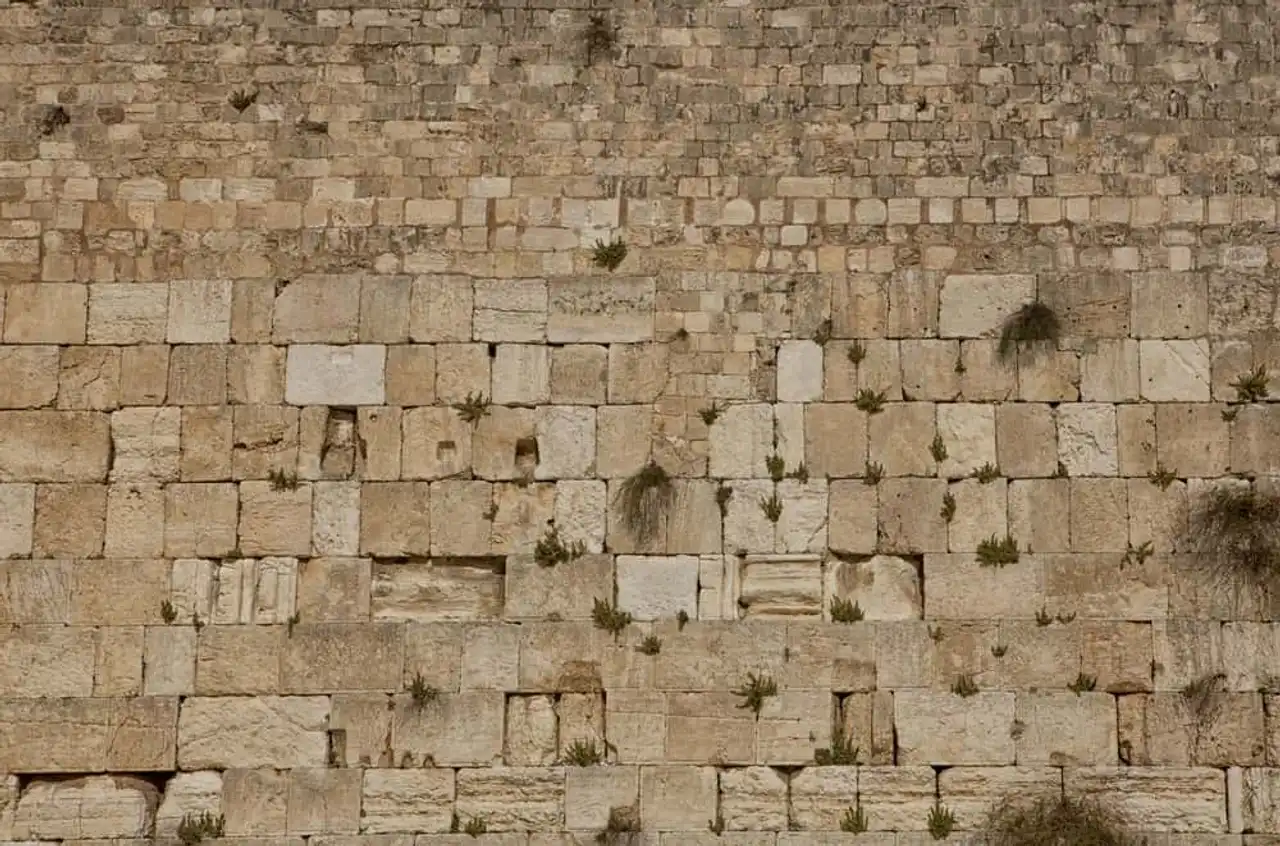
Photo credit: Shutterstock – iLight photo
The Wall of Lamentations is also called the Western Wall, Hakotel HaMaaravi in Hebrew, or simply Kotel. It is a vestige of the second temple of Jerusalem, rebuilt by the King Herod 20 BC. The Temple was the heart of sacrificial offerings and the place where the high priest blessed the nation. In 70 AD, during the Jewish-Roman war , the temple is destroyed by the Romans. It will only remain this wall.
Today, the Wall of Lamentations in Jerusalem is the symbol of the Jewish nation. Because of its proximity to the Holy One of the Saints (inside the Tabernacle where the presence of God appeared), it is an important place for the Jews. It is also a sacred place of prayer, where the faithful of the world come to gather. Some of them slip into the cracks of the wall, papers where prayers are written.
The esplanade on which it is located is also a place of gathering and celebration, which can accommodate up to 250,000 faithful!
Our tips to visit the Wall of Lamentations
Are you coming to visit the Wall of Lamentations? Here’s everything you need to know to fully enjoy it.
The best time to visit the Wall of Lamentations
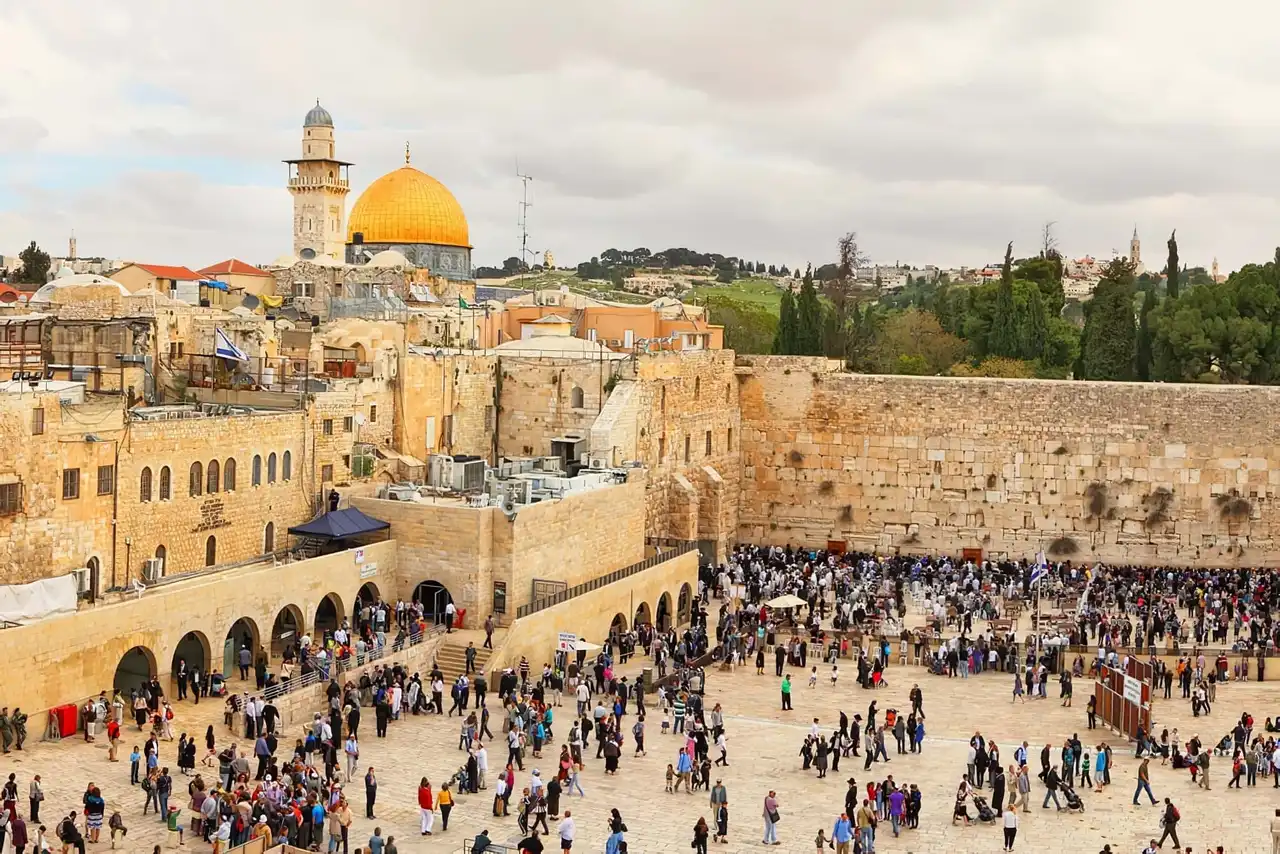
Photo credit: Shutterstock – Protasov AN
The esplanade where the Wall of Lamentations is located all year round, 24 hours a day. It is an open place, in the open air, on a square. So there is no ticket to take or queue to do to contemplate it.
At the level of the season and temperatures in Jerusalem, we recommend that you avoid the months of July and August which can be extremely hot. Spring and autumn have more pleasant temperatures to visit this place outside.
To experience a memorable experience (and if you don't fear the crowd) we advise you to visit the Wall of Lamentations on a religious holiday, or at a holy moment! For example every Friday evening, just after sunset, is pronounced a prayer that welcomes the arrival of Saturday: Kabbalat Shabbat . The atmosphere is then powerful and the joyous atmosphere.
Soup , Pessah (Pack) and Chavouot (Pentecote) are dates where pilgrimages take place and where thousands of faithful come together to pray.
The duration of a visit
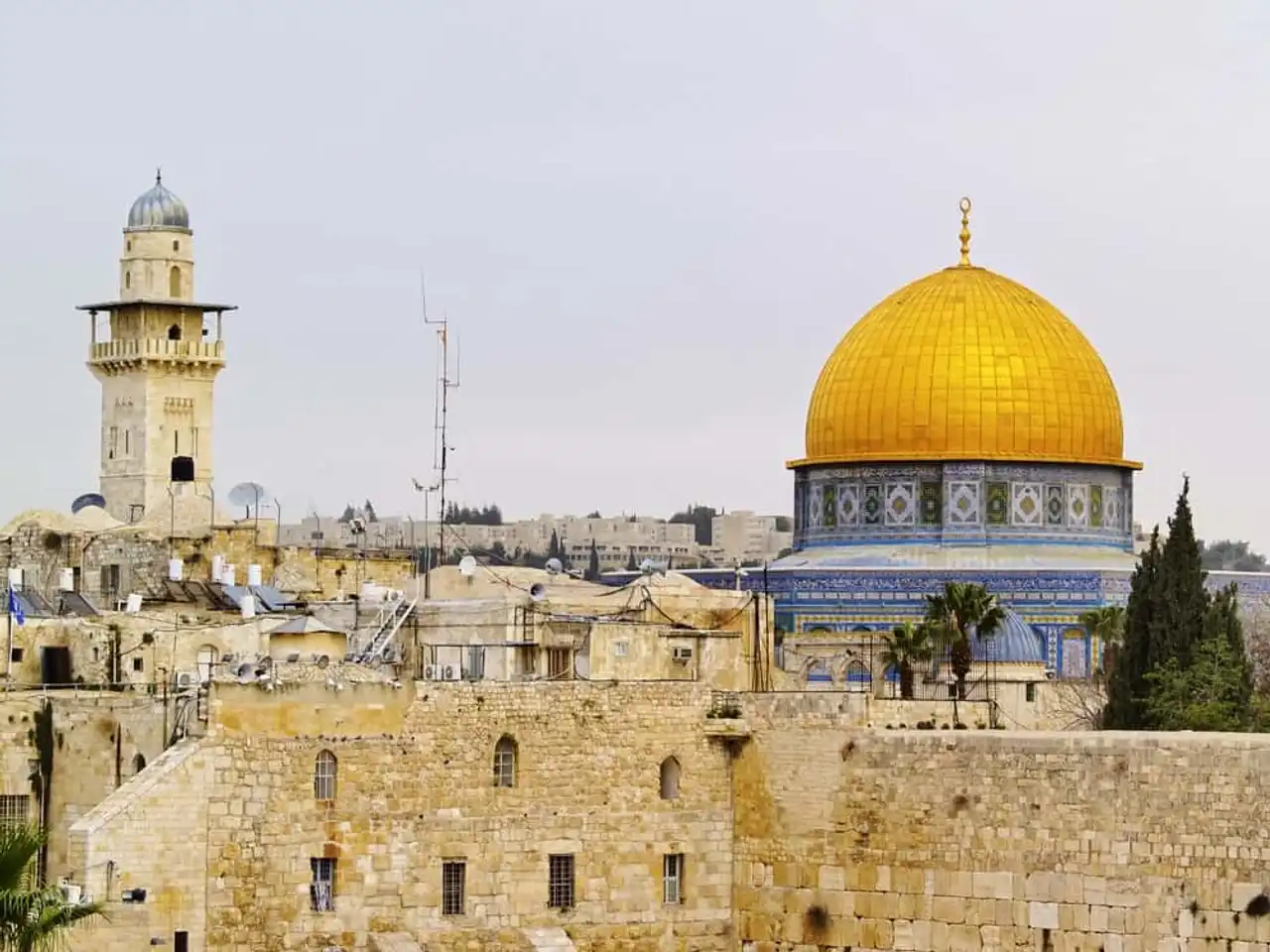
Photo credit: Shutterstock – Karol Kozlowski
You can visit the Wall of Lamentations at any time and stay there the time you want! There is no defined or advised duration. You can spend a few minutes to contemplate it, or several hours if you wish, to collect or simply observe the faithful.
The rules to be followed
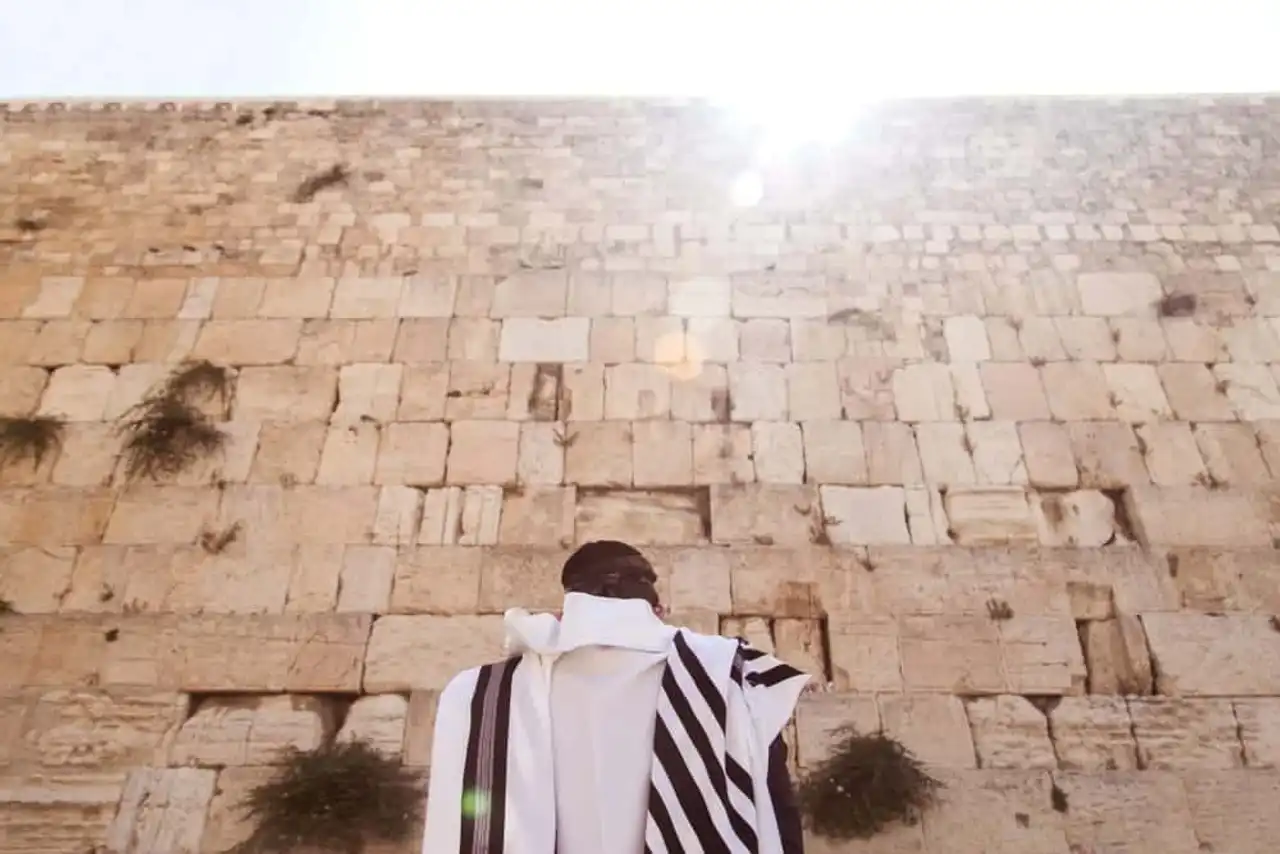
Photo credit: Shutterstock – arthurmnpereira
The Wall of Lamentations is a religious and sacred place. Therefore, discreet and respectful behavior is rigorous and the rules of good sitting are therefore to be respected:
- Carrying appropriate clothing (covered shoulders and shorts/jupes, at least to the knees);
- Observe silence and speak in low voice ;
- Don't eat ;
- Do not smoke ;
- Photos are allowed, but avoid taking pictures of memories with people or groups that pose, or selfies.
If you want to approach it to touch it, or to drag a prayer for example, you will need to wash your hands . Men must cover their heads and wear a hat or kippa (a stand at the men’s entrance distributes it free of charge).
Men’s entry means that the place is not mixed. Men and women must pray in separate sections and must borrow different entries.
What do you see during your visit to the Wall of Lamentations?
The esplanade of Kotel
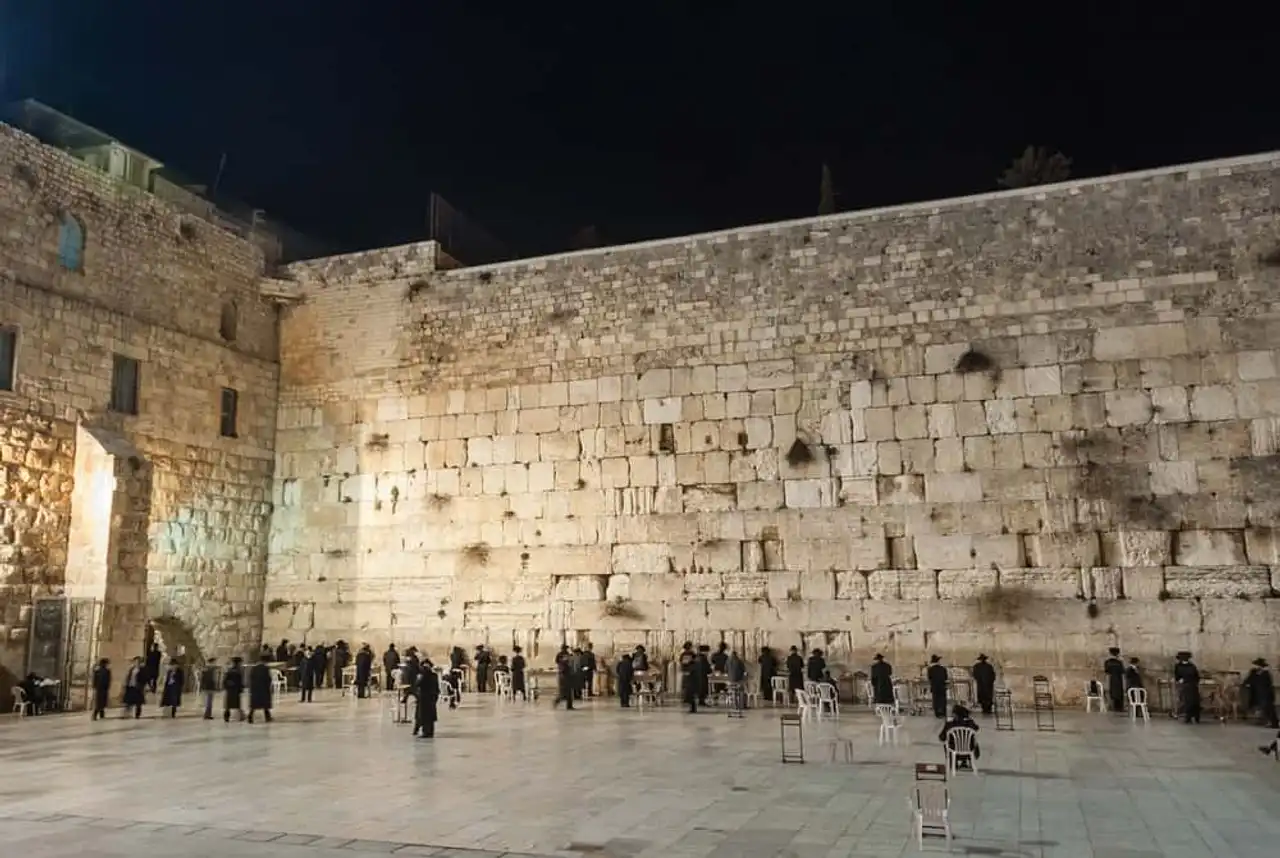
Photo credit: Shutterstock – Felix Lipov
It is here, on the Kotel esplanade (also called Kotel Plaza ), that the faithful gather throughout the day to pray in front of the Wall of Lamentation. However, the esplanade only gives access to a small part of the wall.
Because the Wall actually spreads over almost half a kilometer for more than 30 meters high! But today its visible part is only 70 meters long and 19 meters high. The rest extends much in the old town, hidden behind the houses and in the basement.
The Kotel tunnels
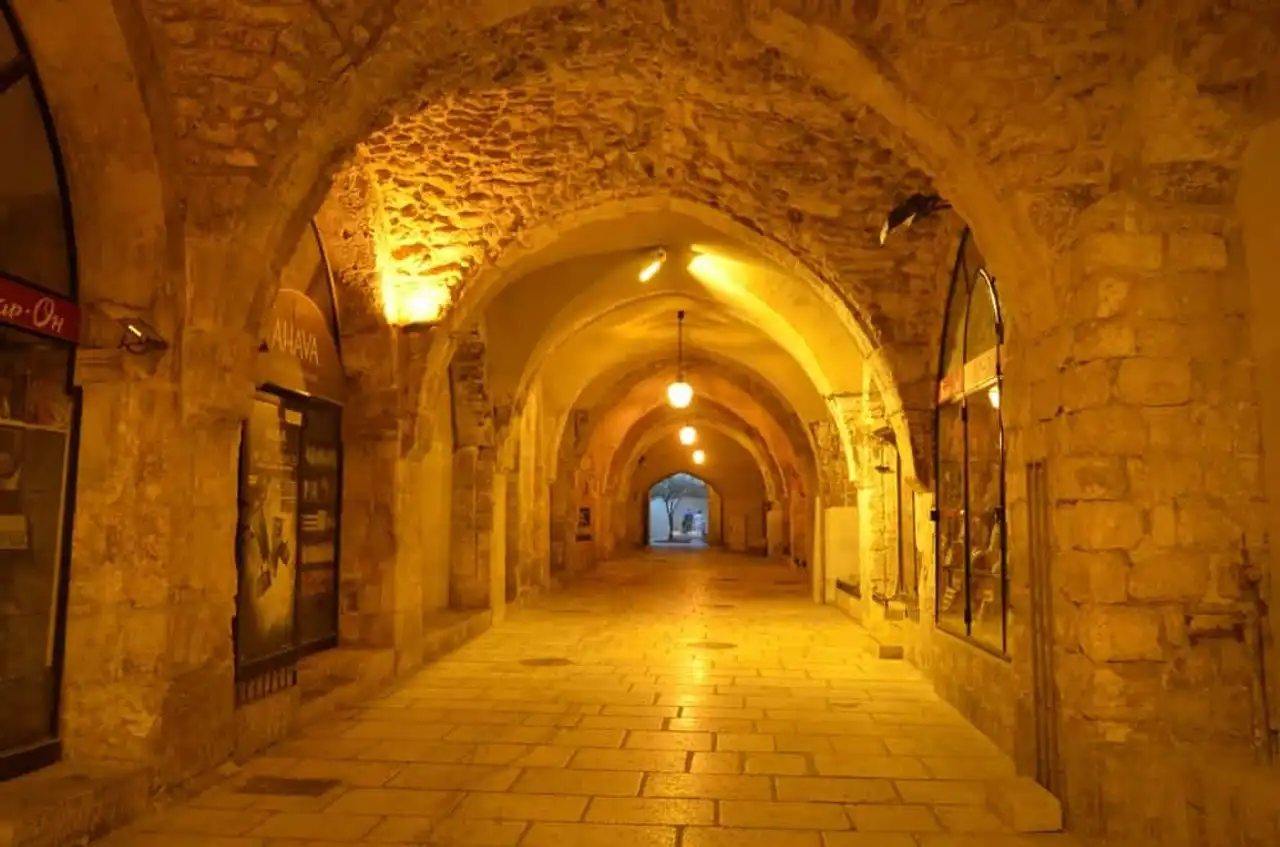
Photo credit: Shutterstock – Asher cacua
If you come to visit the Lamentation Wall, know that it has an underground part, accessible only by a network of tunnels. It is through these undergrounds that one can access the part considered to be the closest to the site where the Saint of the Saints was. It is also here that the first stone of the Dôme du Rocher .
A guided tour of 1h30 allows you to discover this network of tunnels.
How much does a ticket cost to the Wall of Lamentations?
Visit the Wall of Lamentations since the esplanade is entirely free . However, if you want to discover the Kotel tunnels, know that the visit is necessarily guided. To do this, you will have to have a ticket that costs 30 NIS ( less than 8 € ) and 15 NIS ( less than 4 € ) for the children.
How do I book an online ticket for tunnels in the Wall of Lamentations?
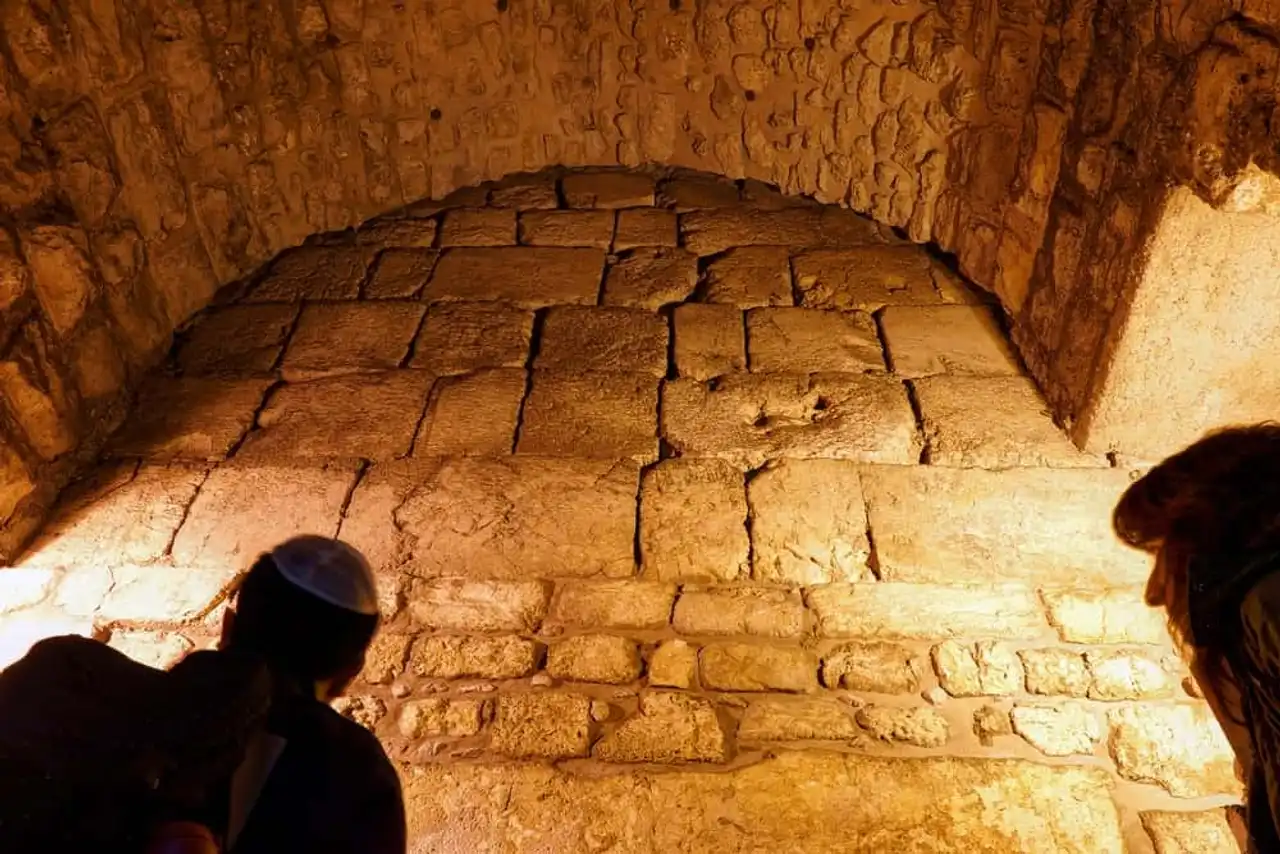
Photo credit: Shutterstock – Serge Yatunin
If you are going to visit the Wall of Lamentation and want to visit the Kotel tunnels, you should know that it is mandatory to book your ticket online in advance! For this, online booking is only made through the Western Wall Heritage Foundation .
Once you arrive on the esplanade, follow the panels “ Western Walls Tunnel Tours » and go to the shop to exchange the reservation obtained online, against paper tickets. It is recommended to do this at least 15 minutes before the start of the visit.
Opening hours
Visit the Wall of Lamentations from the esplanade is possible 24 hours a day , 7 days a week .
Tunnels are visited:
- Dude Sunday at Thursday, 7 a.m. approximately 6 p.m. ;
- The Friday de 7 a.m. to noon ;
- No visit takes place on Saturday and the days of certain parties;
How to access the Wall of Lamentations?
Do you want to visit the Wall of Lamentations?
- To reach it, enter the following address in your GPS: The Western Wall, The Old City Jerusalem, Israel 97500 ;
- If you're on foot, head to the Jewish quarter, in the old town, and follow the signs "Western Walls » ;
- Otherwise, depending on your place of departure, you can borrow them bus 1, 3 or 38.
Know also that there is a free shuttle service to the Old City ("" Free Ride to the Old City »). These shuttles operate daily, except on Saturdays and depart every 20 minutes from the First Station of Jerusalem, towards the Old Town. It is very certainly the easiest way to visit the Wall of Lamentations , since she will lay you in front of you.
Finally, if you are by car (which is far from being the simplest way in Jerusalem), you can park at the Carta Parking, at the entrance of the Old Town near the Jaffa Gate.
Are there combined visits with other monuments in Jerusalem?
There is not really a ticket combined with other city monuments, since the place is free (except its tunnels). However, specialised operators offer day-trips and guided tours to discover the city and its various monuments and places to be missed.
The Jerusalem City Pass
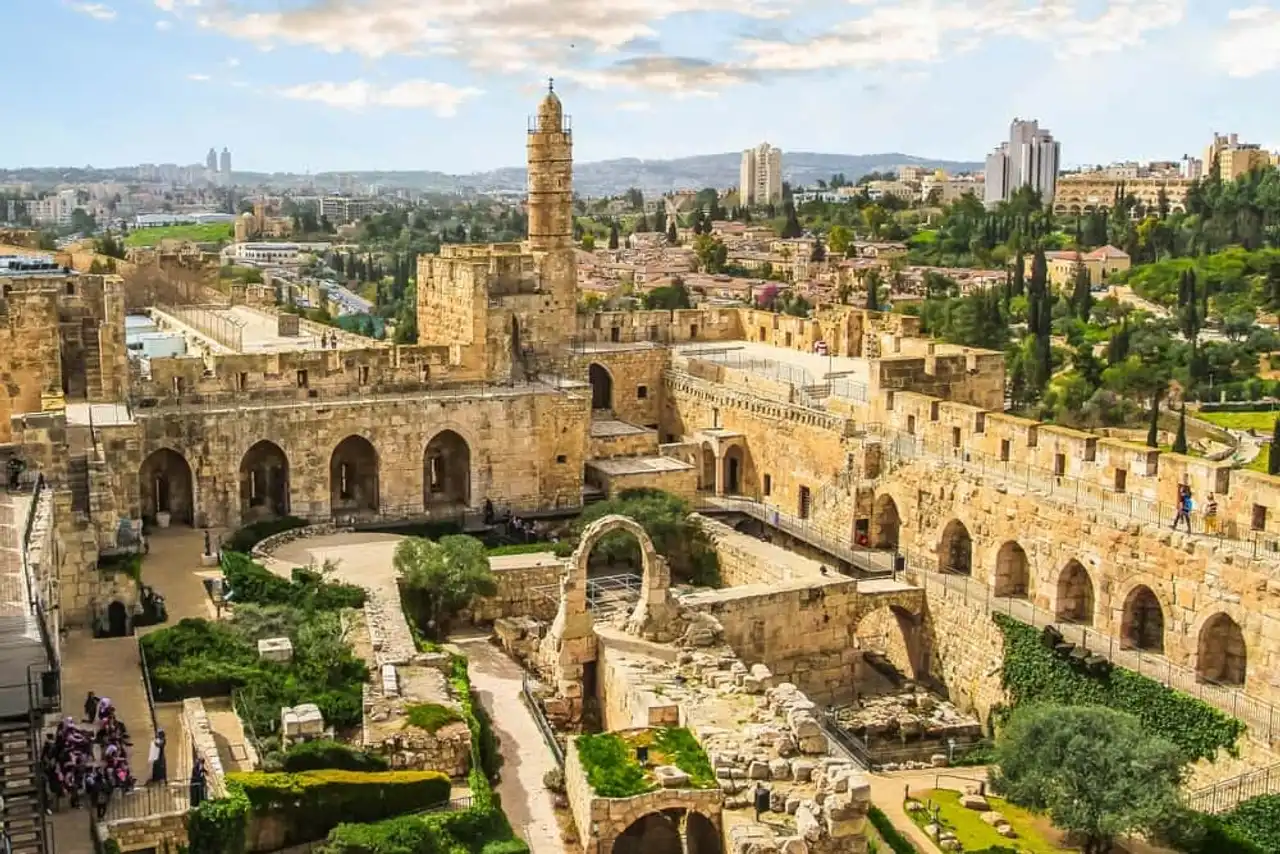
Photo credit: Shutterstock – Nina Zorina
If you wish to visit the Wall of Lamentations and other places of the city, the Jerusalem City Pass can be a good option. It allows you to enjoy 2 or 3 free admissions, at the choice among the 19 sites and attractions partners (including the Kotel tunnels are part of). Its duration may be 3 or 7 days. You have the choice between 4 Pass, and some include free public transport!
On the price side, the Pass ranges from 39 to 64 € , according to the selected options.
Where to stay near the Lamentations Wall?
To visit the Wall of Lamentations easily, the first idea would be to stay in Jewish Quarter of the old city of Jerusalem, where it is. But know that in this neighborhood, the religious atmosphere is very present, the magnificent buildings, but the offer of accommodation is not very abundant. There are a few hotels, but they are not very cheap (minimum count 150 € for a comfortable hotel). There are also some accommodation units Airbnb , from 60 € /night.
We advise you to stay in the modern city centre. The offer is larger, diversified and the atmosphere more pleasant. To find the best accommodation, the best thing is to use Compare hotels to facilitate your research.
You now know how to visit the Wall of Lamentations, a real site dedicated to spirituality... It is an unforgettable experience that awaits you!
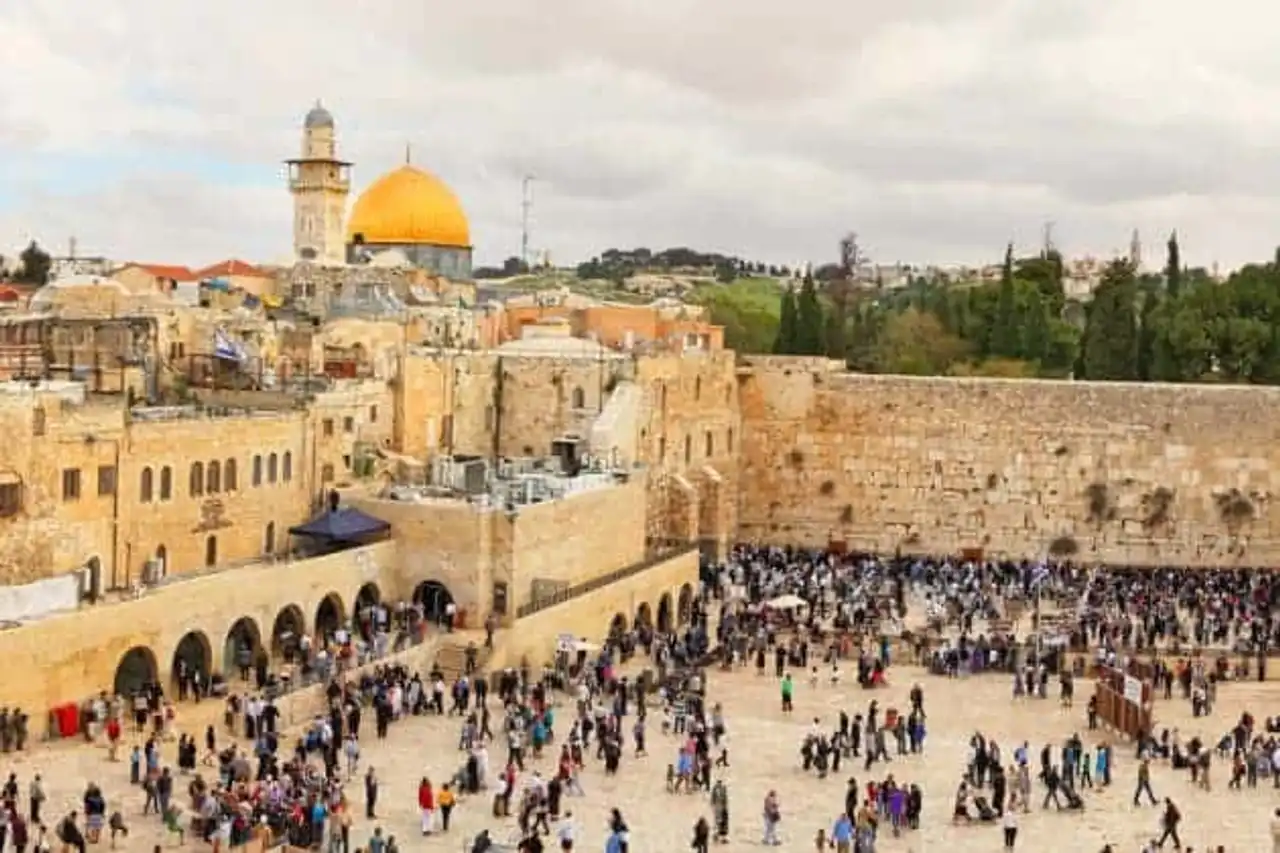







Loading comments ...